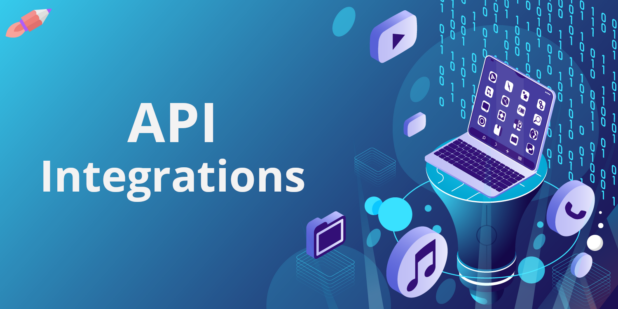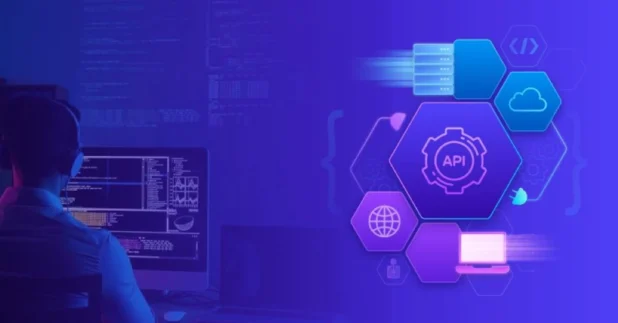Have you ever wondered how you could streamline the process of connecting different applications without deep programming knowledge? If so, it’s time to delve into the world of low-code and no-code (LCNC) platforms.
To explore further, simply click and discover how these tools are revolutionizing the field of API integrations.

Historically, integrating disparate applications through Application Programming Interfaces (APIs) was a complex endeavor. It required a deep understanding of programming languages and the intricacies of each system being integrated. However, LCNC platforms have rewritten this narrative, making API integrations accessible to all.
Low-code platforms leverage visual development environments to minimize the amount of coding required. In contrast, no-code platforms eliminate the need for coding altogether, using a simple drag-and-drop interface. Both types of platforms have empowered non-technical users to build robust applications and integrations, democratizing technology like never before.
Consider a practical scenario. Suppose you operate a small business using a variety of software for different purposes: Shopify for e-commerce, Mailchimp for email marketing, and Zoho for customer relationship management (CRM). In the past, integrating these systems would have necessitated significant coding expertise. However, with an LCNC platform, you can easily connect these applications using pre-built connectors or visual workflows.

For example, when a customer places an order on your Shopify store, information can automatically be sent to Mailchimp to trigger a confirmation email, while simultaneously updating your CRM system in Zoho. This automatic process reduces manual data entry and increases efficiency.
But what if your requirements extend beyond readily available pre-built connectors? LCNC platforms still have you covered. They provide user-friendly tools to build custom API integrations. You simply define the ‘request’ and ‘response’ of the API, and the platform translates these parameters into working code, bridging your applications effectively.
Imagine you want to integrate your proprietary inventory management system with your e-commerce platform. With a low-code platform, you’d define the API request (when an item is sold) and the API response (the inventory count reduces). The platform would then create a connection, allowing real-time data flow between your systems.

While the convenience and simplicity of LCNC platforms are attractive, it’s crucial to remember they aren’t a panacea for all integration challenges. Complex integrations requiring high customization levels may still require traditional programming. Yet, for many businesses, especially smaller ones lacking significant technical resources, LCNC platforms provide a powerful, cost-effective tool for streamlining processes and integrating systems.
The impact of LCNC platforms on the API integration landscape is significant. They democratize technology, bringing the power of seamless integration to a wider audience. They allow businesses to automate tasks, streamline processes, and ultimately, improve efficiency and productivity.
In summary, the advent of LCNC platforms has revolutionized the domain of API integrations. These user-friendly tools democratize technology by making application development and integration accessible to a wider audience. Whether you have technical expertise or are just starting to explore the world of APIs, LCNC platforms provide a pathway to efficient, seamless integrations.

The world is embracing LCNC platforms, welcoming a future where API integrations are no longer a daunting task reserved for developers. They embody a significant step towards a future where technology becomes increasingly inclusive. They empower businesses of all sizes, providing them with the tools they need to thrive in the digital age. As we move towards this future, it’s exciting to consider the new possibilities that await.
 World Magazine 2024
World Magazine 2024





